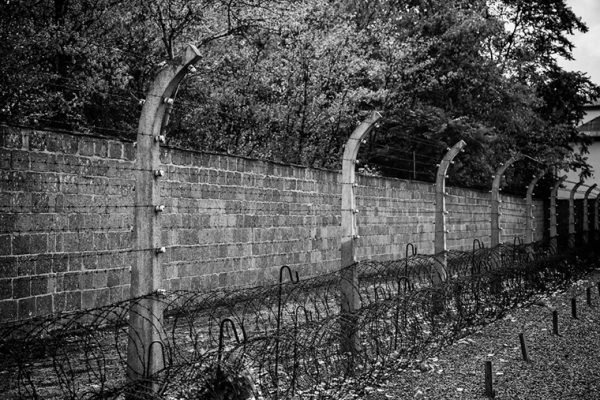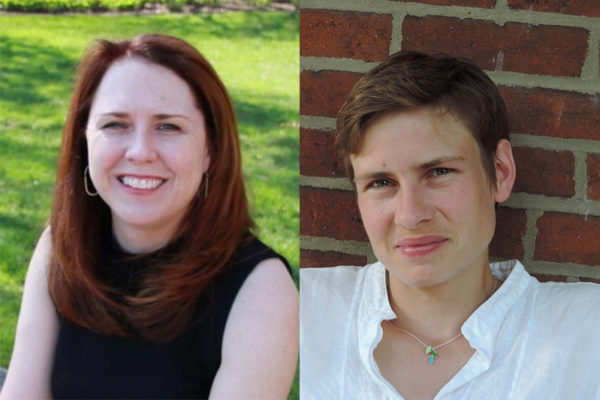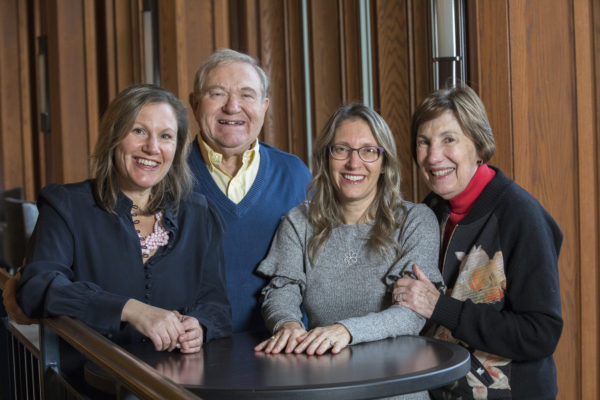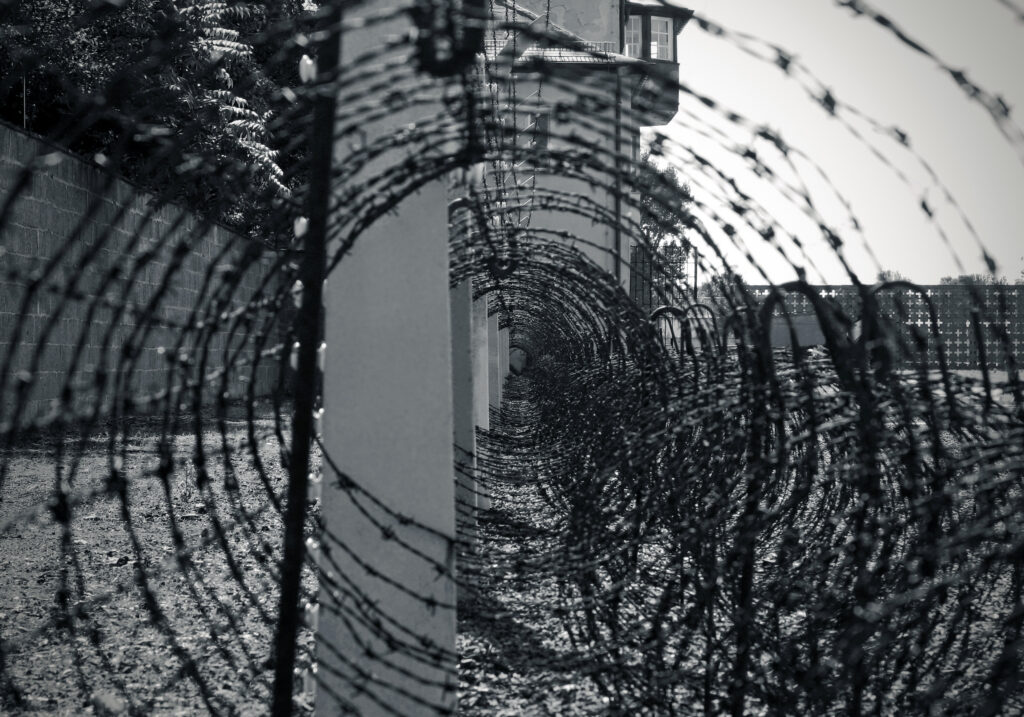
When Rep. Alexandria Ocasio-Cortez (D-N.Y.) accused the Trump administration of “running concentration camps on our southern border,” a political firestorm erupted.
But a question remained. Was the comparison justified?

“As a scholar of the Holocaust, one is particularly sensitive to terminology that evokes the Nazi regime’s policies of persecution and extermination,” said Anika Walke, associate professor of history in Arts & Sciences at Washington University in St. Louis and author of “Pioneers and Partisans: An Oral History of Nazi Genocide in Belorussia.”
“Therefore, an initial reaction could easily be to say, no, the detention centers at the U.S. border are not the same as Nazi concentration camps, which is what we usually think of when we encounter the phrase,” she said.
“However, to say that ‘concentration camps’ are distinct to the Nazi era is incorrect and signals an ahistorical understanding of the Holocaust. The Nazi regime utilized technologies of power and internment that had been developed and used before, and radicalized their use. Today, there is a scholarly consensus to define concentration camps as camps in which large groups of civilians are held without trial or even without having violated any laws.
Related coverage:
“Spanish troops used ‘campos de reconcentración’ to suppress the Cuban Uprising in 1896, the United States used similar facilities in the Philippines in 1900, and there were British concentration camps in South Africa during the Boer Wars, 1899-1902. In many of these camps, vulnerable groups like children and elderly were interned together with adult women and men, without access to sufficient food and under intensely unhygienic conditions. As a result, many internees suffered illness and died. This is why concentration camps are associated with cruelty and inhumanity.
“In the early 1900s, German colonial forces used such camps to suppress Nama and Herero in what is now Namibia, and killed thousands of the prisoners. Some scholars argue that these camps were the direct precursor to Nazi-era concentration camps, where prisoners were deliberately starved to death, died of exhaustion through forced labor, or were killed with bullets and in gas chambers.
“But we ought to also keep in mind that the Nazi regime used a great variety of camps: concentration camps but also labor camps and extermination camps, the latter of which were expressly designed to commit mass murder. The camps built at Bełżec, Sobibor and Treblinka, as well as Auschwitz-Birkenau, Majdanek and Chełmno, all fall into this category. Prisoners in these different camps included Jews, Roma and Sinti, Communists, Social Democrats, Jehovah’s Witnesses, so-called “Asocials,” and many, many others who in one or the other way did not fulfill the standards of racial supremacy or undermined the Nazi regime.
“As far as we know, people are not being worked to death or killed systematically in U.S. detention centers, but we do know that people are suffering from untreated disease and intentionally placed in harsh conditions, such as the so-called ‘iceboxes’, that make them sick or even die — even though the U.S. would have the resources to provide adequate accommodations and care. In other words, the suffering is the result of deliberate neglect and withholding of basic necessities. In addition, because these centers exist in a somewhat extralegal sphere, refugees are limited in their access to legal representation and in their ability to report abuse and violence.
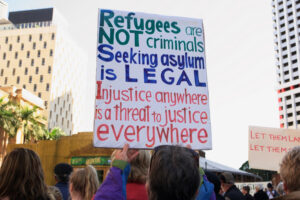
“So, while in many ways the term ‘concentration camp’ evokes the cruelty and system of exploitation and extermination of the Nazi regime, it has a longer history, and it is not incorrect to evoke this history when describing the refugee detention centers where people are held who are seeking asylum, which is not illegal.
“It is important to note that AOC is not the first to place a critique of refugee detention centers in the long history of concentrating civilians,” Walke said. “Immigrant activists in Germany and across Europe frequently point out such structural similarities. Asylum seekers often are held in camps for months without privacy, legal support or access to proper medical care, and are exposed to many forms of violence from staff as well as others confined in the camp.
“In fact, many contemporary centers were established in buildings or on sites that, during the Nazi era, were used to intern forced laborers or others targeted for persecution,” Walke said, pointing out that other facilities were used to hold mentally ill patients, prisoners, or other undesirable populations before they were turned into immigrant detention centers.
“We must be very attentive,” she said, “to the ways in which similar technologies of imprisonment, internment and surveillance are used across different periods and by different political systems.”
